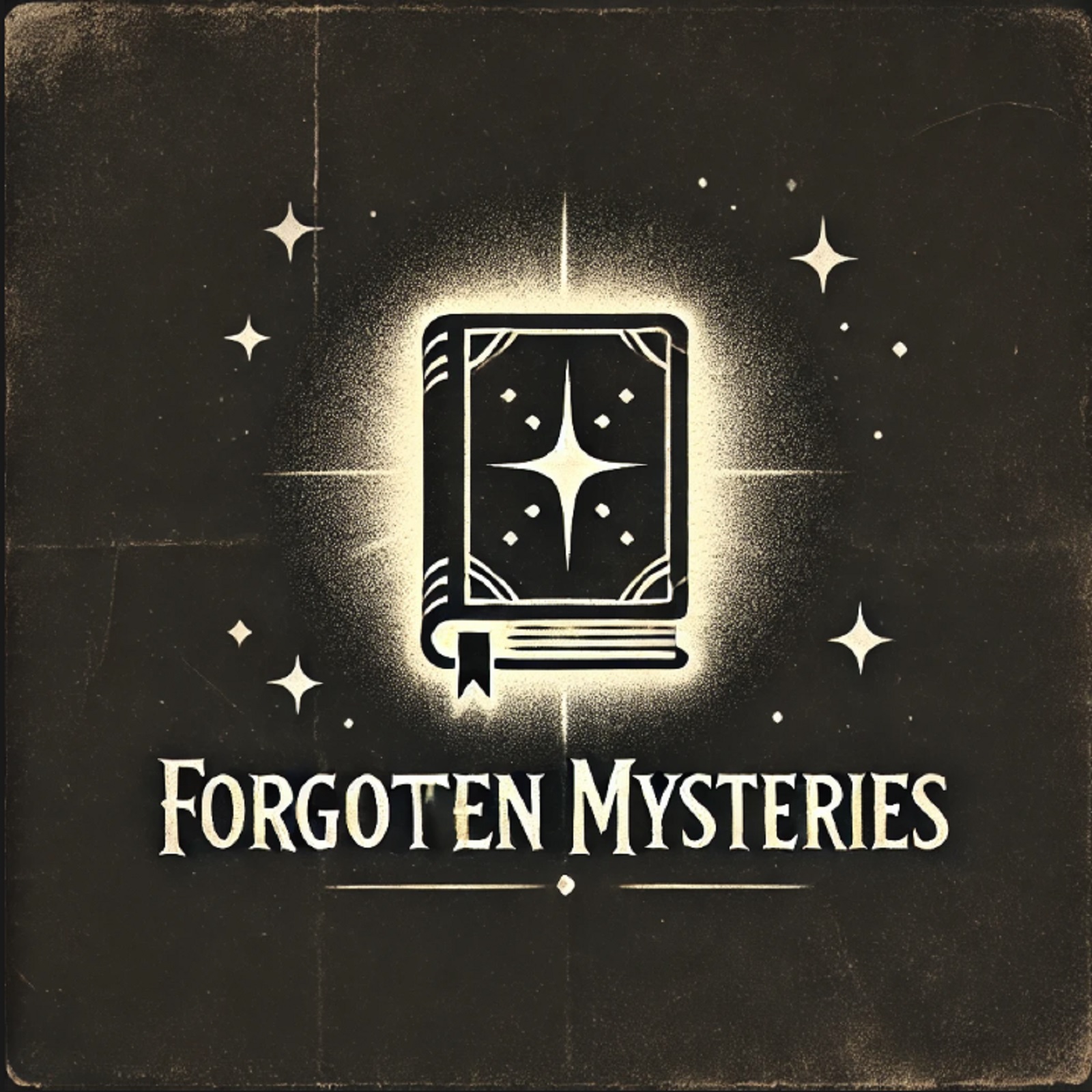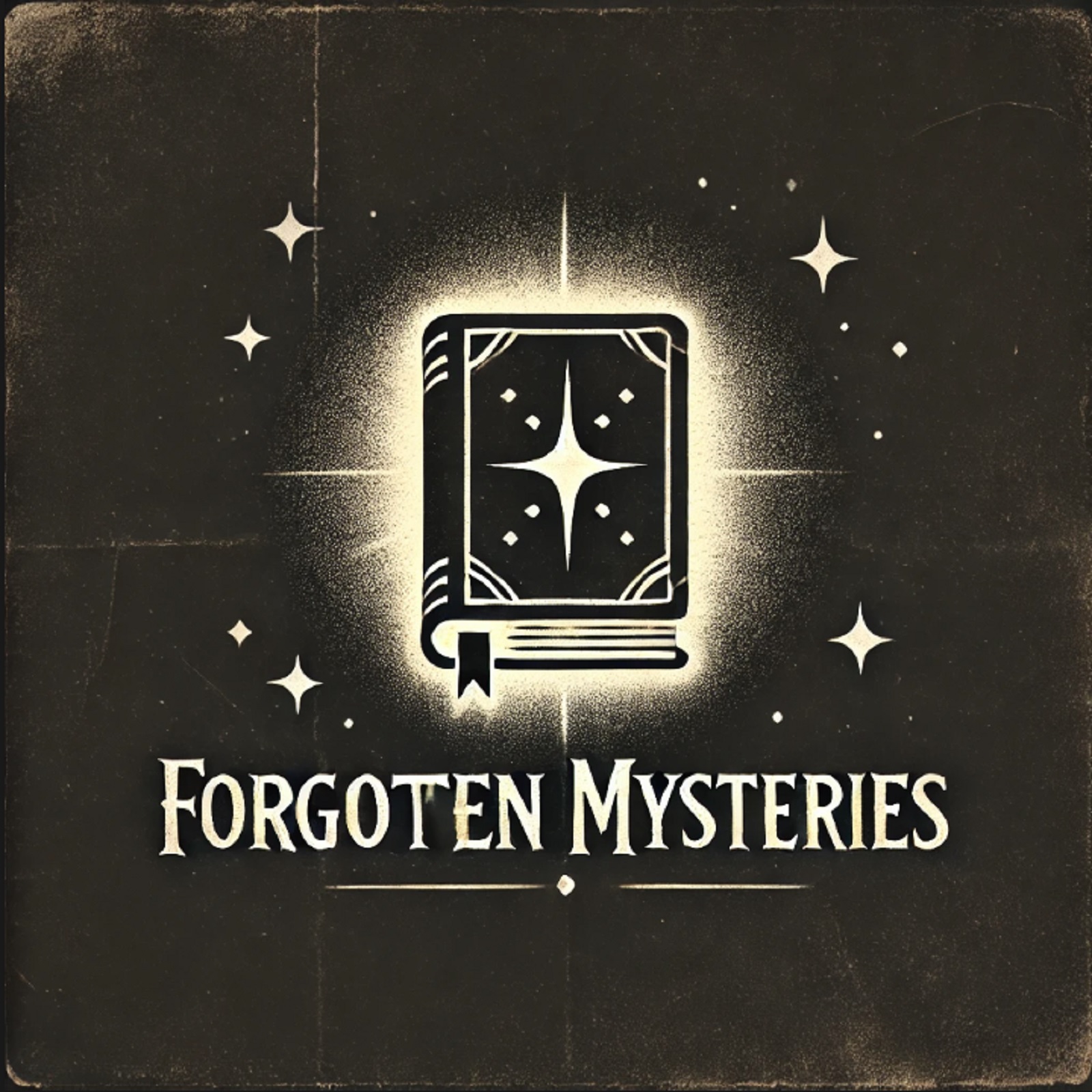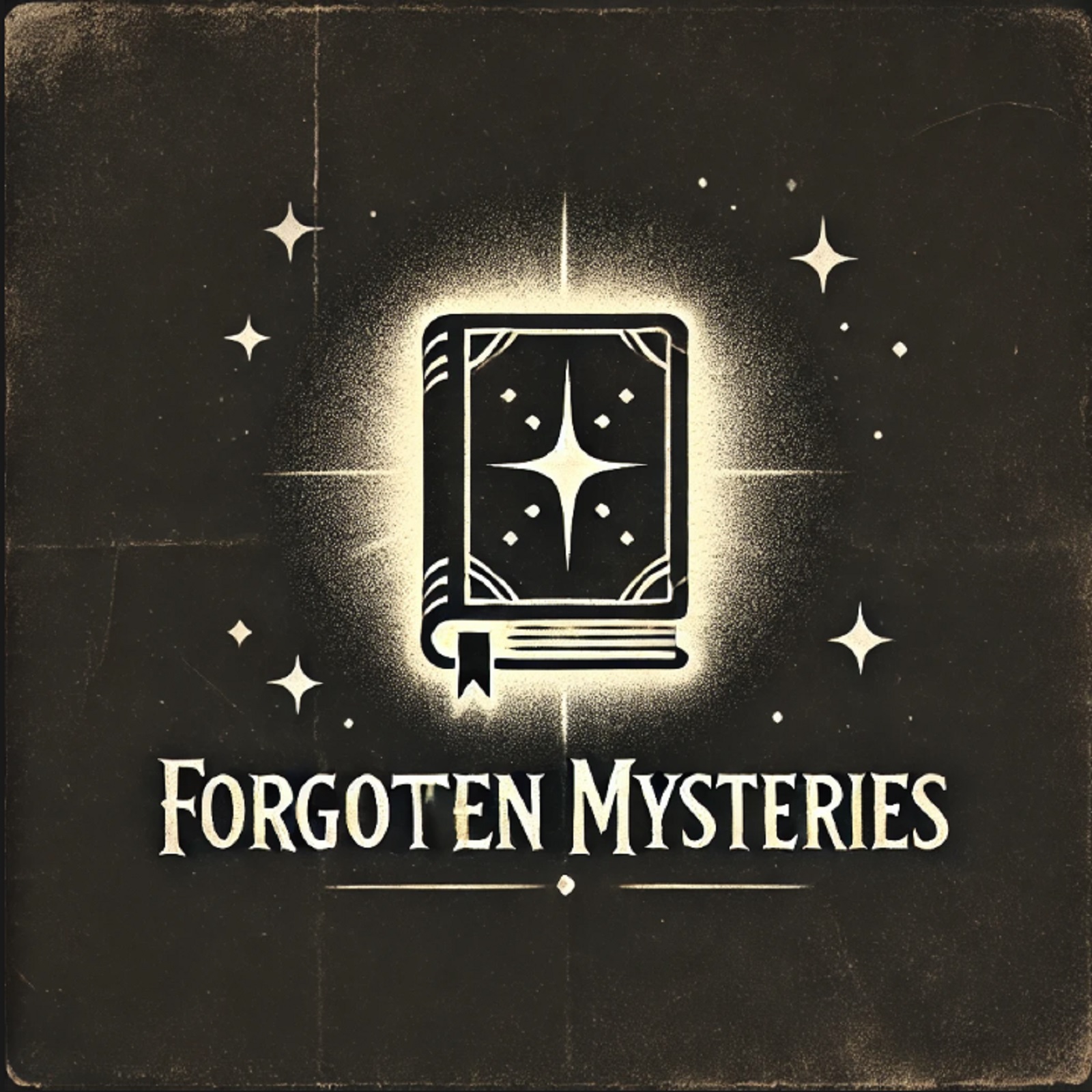In the summer of 1518, the city of Strasbourg was struck by one of history’s strangest events — an outbreak of uncontrollable dancing. It began with a woman named Frau Troffea, who danced alone in the streets for days without rest. Soon, hundreds joined her, moving frantically until many collapsed or died from exhaustion.
City officials, believing the affliction was caused by “hot blood,” encouraged even more dancing — hiring musicians and clearing the streets — only to worsen the chaos. Over the next weeks, the strange epidemic spread through the city before finally fading.
Historians have proposed many explanations: mass hysteria, ergot poisoning, or religious possession tied to Saint Vitus, the patron saint of dancers. Yet none fully explain how hundreds of people lost control of their bodies in unison.
The Dancing Plague of 1518 remains one of history’s most eerie reminders that sometimes, human belief, fear, and desperation can become as contagious — and deadly — as any real disease.

In this episode of Forgotten Mysteries, we explore the baffling 12th-century legend of The Green Children of Woolpit. One day, villagers in Suffolk, England,...

This episode investigates the mysterious 1959 deaths of nine hikers in Russia’s Ural Mountains. Found with bizarre injuries, missing clothing, and no clear explanation,...

This episode delves into the mysterious disappearance of British explorer Percy Fawcett, who vanished in 1925 while searching for a legendary ancient city—Z—deep in...